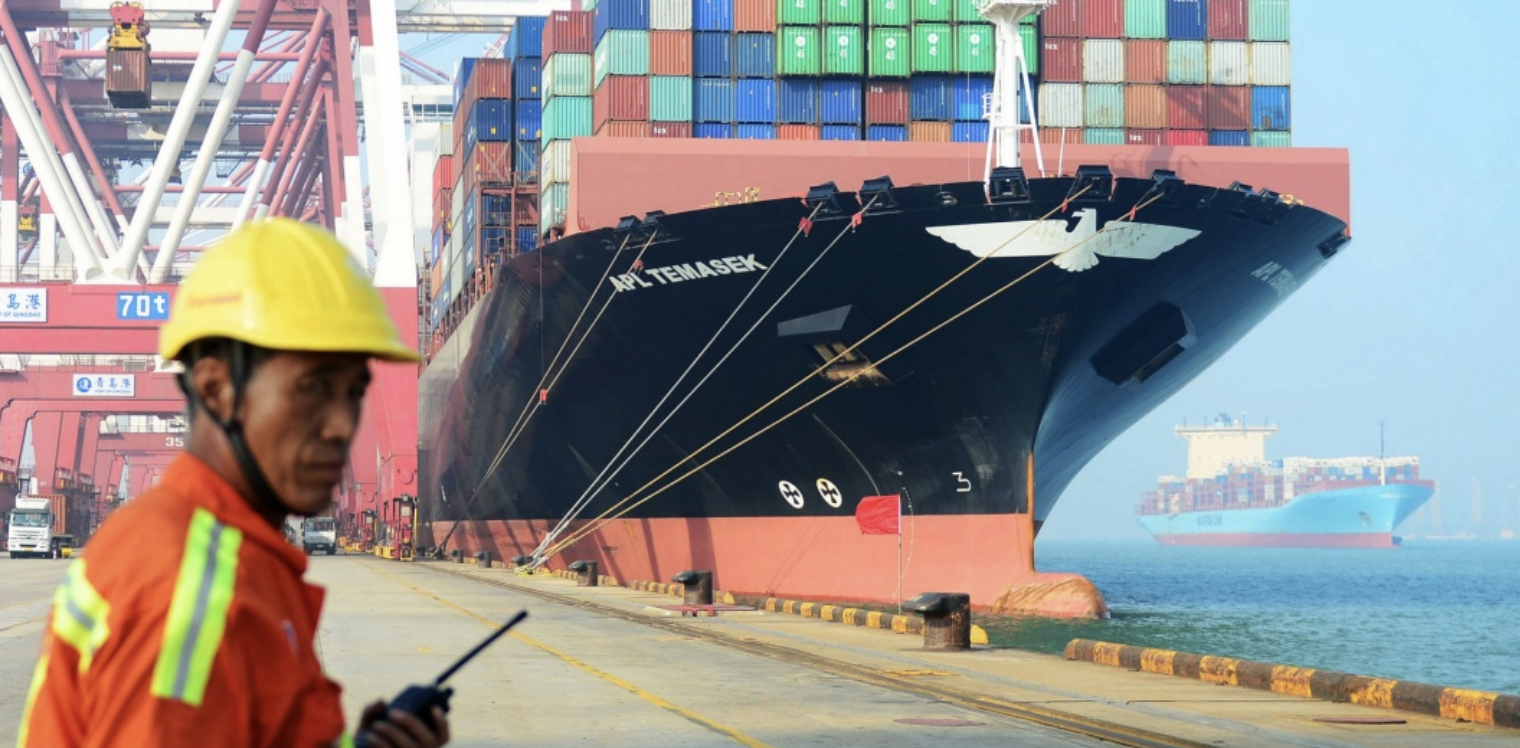Is China Exporting Inflation?
Malcolm Scott, 2021-10-20
Hello. Today we look at the outlook for Chinese inflation, what global nowcasts are saying and whether enough attention is being paid to surging money supply.

Chinflation
For years, China’s factories have acted as a brake on global inflation as they cut costs to keep foreign customers amid sluggish demand and competition from up-and-coming industrial rivals like Vietnam.
But China’s export boom since the pandemic has changed all that, giving manufacturers confidence to ask foreign customers for more, Lin Zhu, James Mayger and Tom Hancock write.
Zhejiang Zhendong Leisure Products — which churns out about 1 million folding chairs a year from its factory in eastern China, many of which end up on American porches and gardens across Europe — has a backlog of orders lasting until next April. It has raised prices by 10%.
Rather than hurting demand, “buyers are placing more orders now for fear that prices might rise further,” overseas sales manager Sonia Lu explained from her booth at the Canton Trade Fair in the southern city Guangzhou.
Those who want a parasol next to their outdoor chair face an even steeper increase. Shaoxing Gaobu Tourism Products Co. Ltd., which makes beach and garden umbrellas sold through retailers like Walmart Inc. and Carrefour SA, has raised prices about 20%.
“Whichever sellers our customers go to, the reality they’ll have to face is the same: price increases,” said sales person Lyric Lian.
Clearly, Chinese factories raising asking prices will add to rising anxiety that a spike in global inflation won’t be as “transitory” as assumed by policy makers such as Federal Reserve Chair Jerome Powell.
But it may not prove to be a game changer for the global inflation outlook. That’s because for consumers in developed economies, manufactured items from China make up a small portion of their daily expenses.
Housing, transport and healthcare make up two thirds of the basket of goods used to estimate consumer price inflation in the U.S. The Bank of Canada found that imports from China make up around 5% of its selection. A conclusion from the China-U.S. trade war is that importers and retailers often absorb rising prices, rather than passing them to consumers.
Share it on:
Next» New U.S. cases of omicron variant found in Minnesota, Colorado, New York
